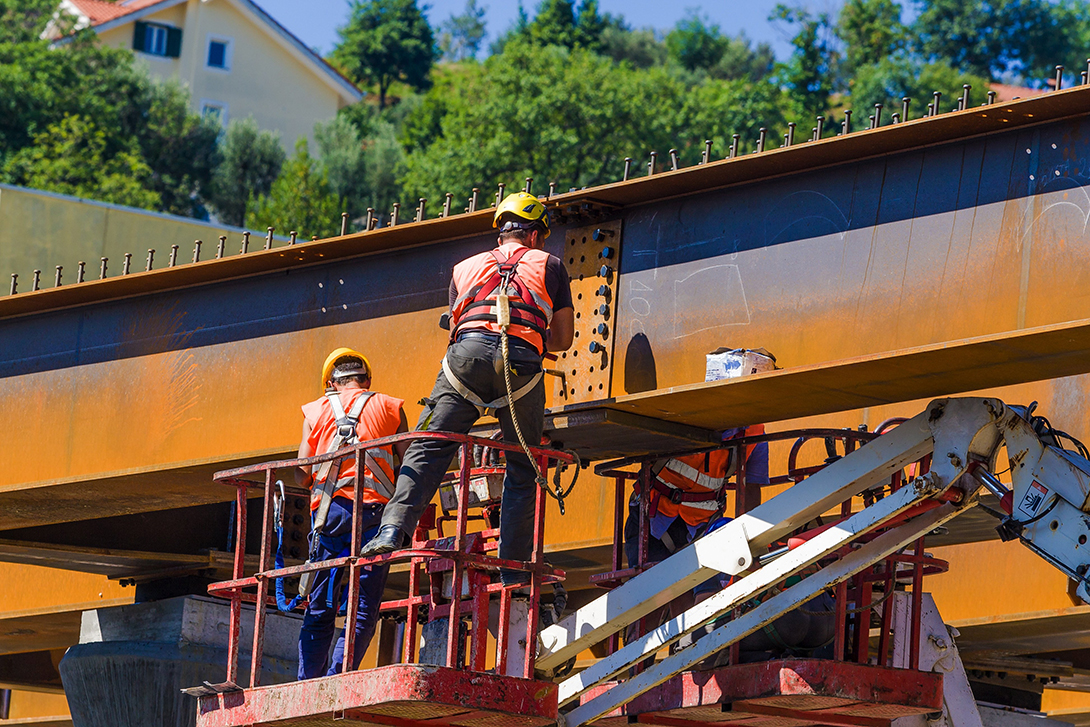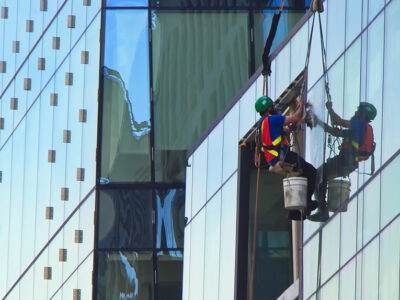If you work in construction, you know one thing for certain: you do not want to fall. Falling from a height during a construction project is one of the most common causes of death among workers and continues to happen more frequently than any other type of accident.
You may be fortunate that you have not fallen or witnessed the death or injury of a co-worker who fell from a height. However, if your California employer fails to provide protective equipment or training to prevent falls, your chances of falling increase.
Why falls are so deadly
It may be difficult to complete a career or even a day in construction without some injury. A blade may cut your hand, you may drop a tool on your foot, or you may trip on debris and take a ground-level fall. You may even suffer more serious injuries, for example if a vehicle or large machinery strikes you.
However, falls from a height of six feet or higher place you at greater risk of injuring more than a single part of your body. In fact, such a fall may result in multiple critical injuries, including brain trauma, spinal cord injuries and internal bleeding. Falling from a height greater than 30 feet leaves you with a small chance of survival.
Fall prevention
Despite the rise of fatal falls on construction sites, and the state and federal safety mandates, construction employers continue to ignore the basic rules of safety. Reducing fall risks is as simple as providing what is appropriate for the job and the situation, such as:
- Fall arrest systems, such as harnesses, lanyards and webbing
- Edge protection, such as guardrails or screens
- Adequate lighting to prevent missteps
- Daily inspections of equipment for wear and tear that could result in failure
- Site walk-throughs to eliminate debris and other tripping or slipping hazards
- Frequent communication with workers to ensure they are utilizing their equipment
- Properly constructed scaffolding
- Training for the use of each type of safety equipment and general fall prevention
- Frequent training reviews
If your supervisor fails to supply these basic safety items, he or she is placing you at risk of great harm. Time and money are no excuses for avoiding these simple items. High-quality safety equipment can be very affordable, and time for training is well-spent if it saves even one employee’s life. The cost of a catastrophic fall for a construction worker and his or her family can be devastating. When seeking financial compensation after such an accident, you will want legal assistance to help you exhaust every option.



